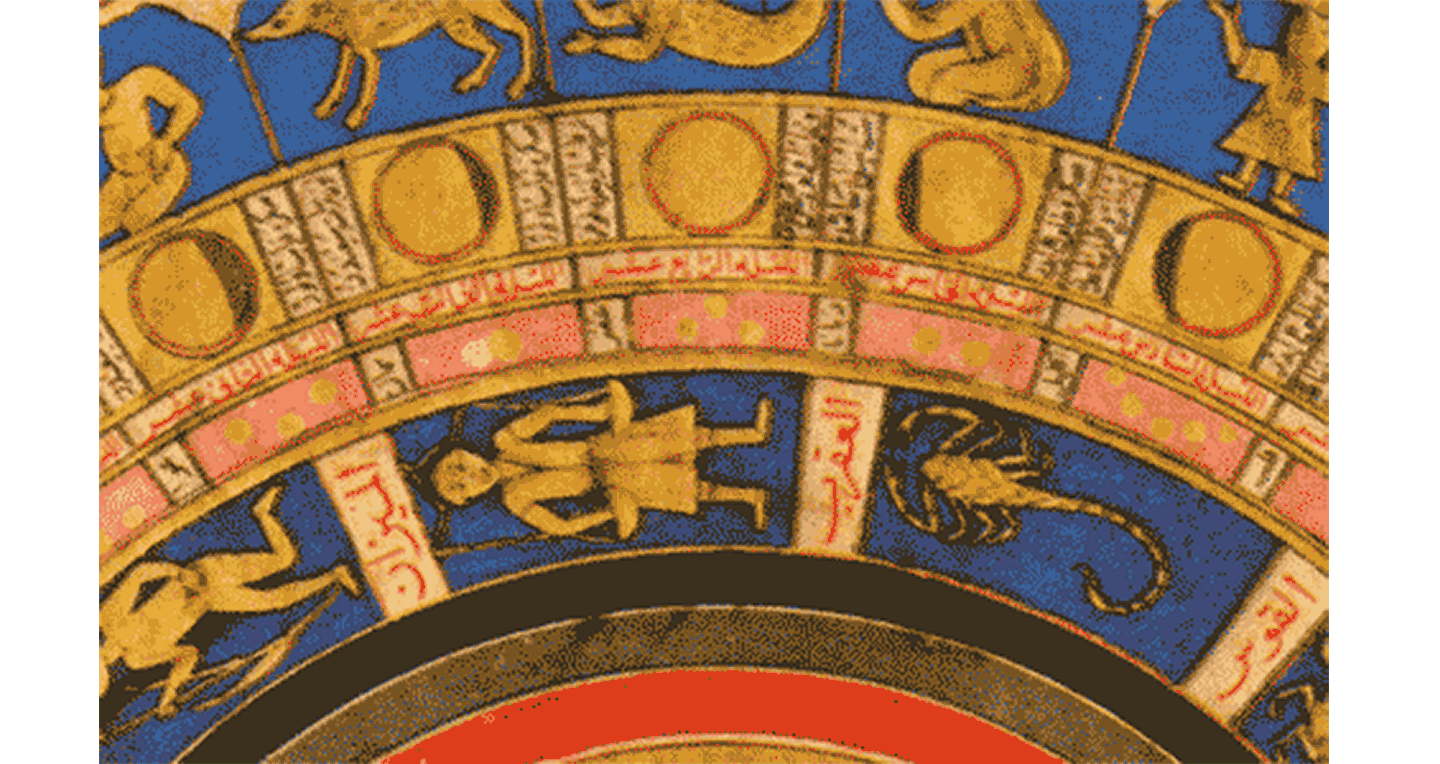This is an excerpt from Gilbert Simondon’s work from 1958 On the Mode of Existence of Technical Objects newly translated into English for the first time by Cecile Malaspina and John Rogove and available this month from Univocal books. It is always a question how to approach a deployment of the terms 'man' and 'primitive' the Simondon uses them here. Whether, that is, to restore the damaged universal by substituting for the offending terms their contemporary equivalents, or to grant the writer the specificity he is unaware of asking for. This would mean reading Simondon's philosophy of technics and technicity more particularly, as referring to one sort of encounter with technology in a world where different ones are possible. 'Man' would still have to be replaced, but not because of its crimes against universalism - or not only those - but also for its ambiguity. Very probably Simondon narrates something like the masculine or butch experience of technicity, as opposed to that of the feminine or femme. However, the vocabulary of exploration and discovery, of mountains and towers, recalls latency more specifically still. In other words, the sequence described by Simondon, from a magical and unified world into one characterized by technics and religion, describes also the sex-process, whether this be understood as puberty, marriage, or something else entirely.
Not metaphorically, but really: it is toward it that the geological folding orients itself and the push that has edified the entire high plateau. The promontory is the firmest part of the chain eroded by the sea.
Variation in the proofs: “there are in fact three types of reality: the world, man, and the object, intermediary between the world and man, whose first form is the technical object.” —Ed.
This text is an excerpt from Part III, chapter one, and Part III, chapter two, part one of the book On the Mode of Existence of Technical Objects (2017), published by Univocal/University of Minnesota Press.
